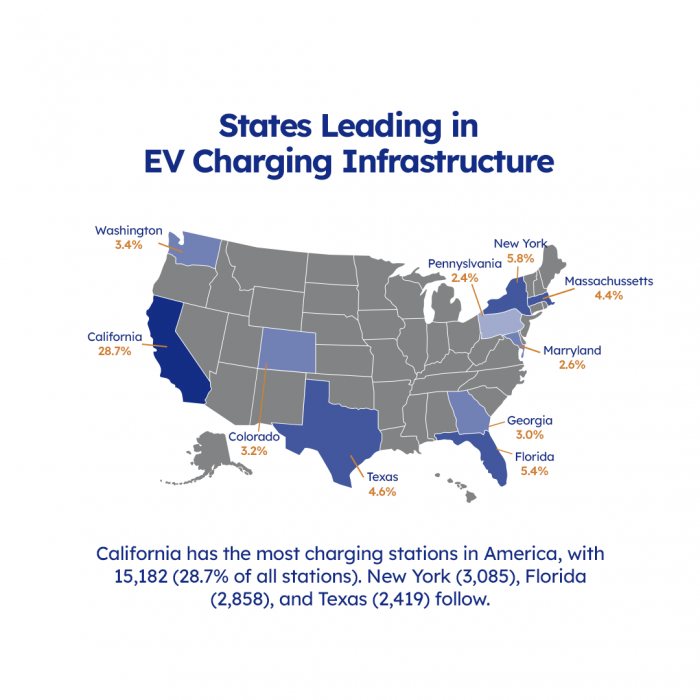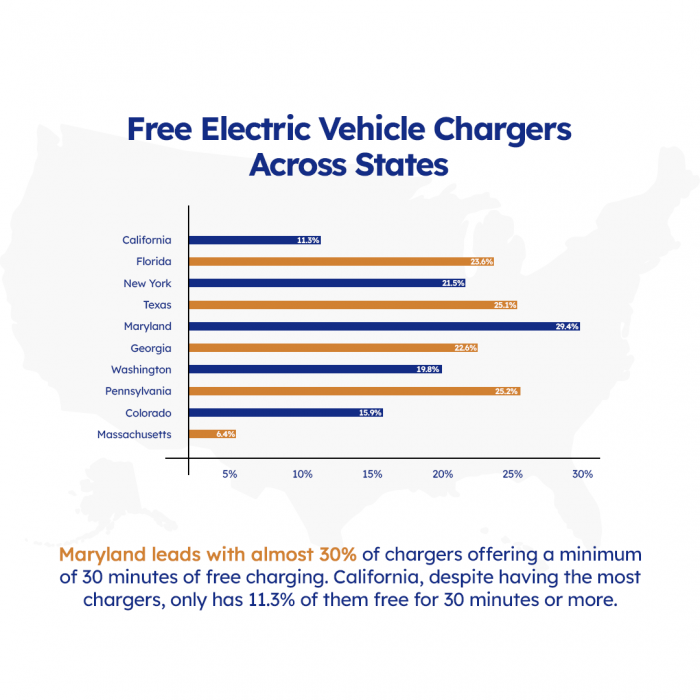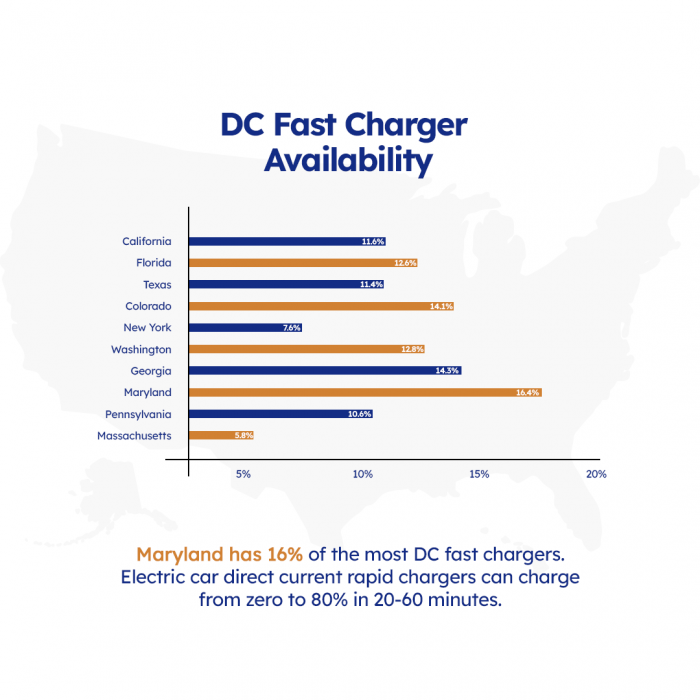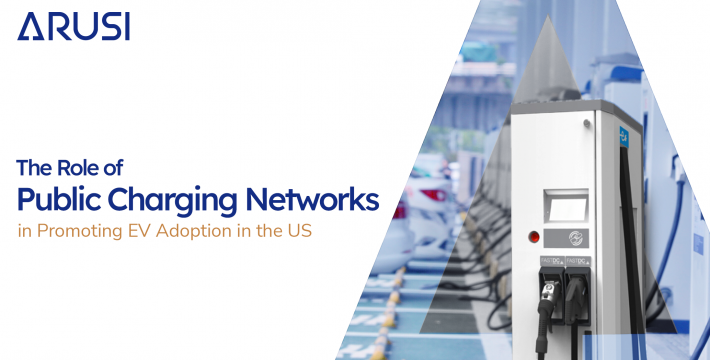
The fight against climate change is becoming increasingly urgent, and one of the most promising ways to reduce emissions is to switch to electric mobility.
It not only provides a practical way to lessen our impact on the environment, but it also stimulates research and development, the economy, and the transition to renewable energy sources. The purpose of this blog is to explore the complex mechanisms underlying this shift.
Understanding the significance of the move toward electric mobility requires looking at how many factors interact with one another. The most recent innovations in battery and charging technologies are only one example; others include customer demand, industry trends, and government legislation.
The potential for electric mobility to alter our future is further highlighted by the fact that it is converging with renewable energy and is being used to more than just vehicles.
Increasing the use of electric vehicles is necessary for reasons beyond environmental sustainability. It also offers tremendous possibilities for all parties involved, from consumers and legislators to automobiles and energy firms.
Let’s go deeper into these facets in the hopes of illuminating how our future sustainability might be shaped by a holistic awareness of, and purposeful action in, this sector.
Industry Trends
The automotive sector, notoriously resistant to change, has moved surprisingly quickly toward the coming electric age. The IEA reports that in 2020, global sales of EVs increased by 43%, while sales of conventional automobiles fell by 16% because of the epidemic.
Major automakers like GM, VW, and Ford have declared lofty electrification targets, with plans to electrify their product lines in large or complete ways over the next decade. To meet this rising demand, the developing EV supply chain, which includes battery makers and charging infrastructure suppliers, is increasing output.
Consumer Demand
Over the past decade, consumer attitudes regarding EVs have undergone a sea change. Compared to only a few years ago, 45% of respondents in a recent poll by McKinsey are now seriously considering or intending to acquire an EV as their next vehicle. The promise of decreased operating costs, falling EV pricing, and growing concern for the environment are all factors in this transition.
This shift in perspective is mostly due to public awareness initiatives. Understanding that every EV purchase aids in cutting down on carbon emissions has struck a chord with customers and influenced their purchasing habits.
Overcoming Infrastructure Challenges
A reliable charging network is essential for the widespread use of electric vehicles. One of the biggest obstacles to the EV revolution is the necessity for widespread charging infrastructure. A quick adoption of EVs, especially for long-distance travel, is not possible with the present charging infrastructure.
Both public and corporate sectors are making significant investments to find a solution to this problem. Fast-growing charging network providers like Charge Point, Blink Charging, and Tesla are making recharging as easy as filling up at the gas station. The scenario for charging EVs is also being improved by the development of novel technologies, such as wireless and ultra-fast charging.
Government Policies
Government policies play a critical role in accelerating the transition to electric mobility. Policymakers worldwide are implementing measures to encourage EV adoption, including purchase incentives, tax credits, and tighter emissions standards for ICE vehicles.
For instance, the U.S. federal government has proposed a $174 billion investment in EVs, including a grant and incentive program for building 500,000 charging stations by 2030. These initiatives, while promoting EV adoption, also stimulate job creation and economic growth.
Technological Advancements
Improvements in technology are crucial to the success and efficiency of electric cars. For instance, the increasing efficiency of batteries is a key factor in the widespread use of electric vehicles. Improvements in the energy density, longevity, and affordability of lithium-ion batteries have made them a popular choice for use in electric cars. Bloomberg NEF reports that the cost of lithium-ion batteries has decreased by 89% over the previous decade, lowering the barrier to entry for customers interested in purchasing electric vehicles.
The availability of rapid charging infrastructure is facilitating the widespread adoption of electric cars. Rapid charging may replenish an electric car’s battery to 80% capacity in as little as 20 minutes.
The Role of Renewable Energy
The advantages of electric cars extend well beyond the elimination of exhaust pollutants. Electric cars, when coupled with renewable energy sources, have the potential to drastically reduce harmful emissions from the power grid. There will be less of an effect on the environment from charging electric vehicles as more renewable energy sources are introduced to the grid.
Grid stability can potentially benefit from the use of electric cars. With vehicle-to-grid technology, electric cars may offset system imbalances and minimize the need for peaking power plants by feeding electricity back into the grid during times of high demand.
Electric Mobility Beyond Cars
Even though EVs are where the conversation usually begins, the shift to electric mobility includes more than just automobiles. As more and more electric vehicles, including buses, motorcycles, scooters, and even planes, enter the market, the transportation industry as a whole may reduce its carbon footprint.
To combat climate change and lower local air pollution, several towns are switching to electric buses. Bloomberg NEF predicts that by 2040, more than 67% of the world’s bus fleet will be electric buses.
4 Major Innovations in Electric Vehicle Charging





Our journey towards a sustainable future is being paved by advances in technology, particularly in the realm of Electric Mobility. As we come to grips with the environmental impacts of traditional fossil fuels, the shift towards Electric Vehicles (EVs) becomes increasingly urgent.
This transition not only presents a solution to mitigate environmental degradation but also stimulates innovation and progress. A key aspect of this evolution is the development of EV charging technologies. Here are four crucial innovations that are reshaping the EV charging landscape and revolutionizing green transportation.
WIRELESS CHARGING
Wireless charging technologies herald a future where cables and physical plugs are relics of the past. Using principles of electromagnetic induction, this technology enables power transfer between two objects through an air gap, ensuring that EV charging is more convenient and safer.
By eliminating the risk of accidents due to trip hazards or mishandling, wireless charging propels us into an era of efficient and user-friendly EV charging.
DYNAMIC CHARGING
This concept integrates charging infrastructure into the road itself. As an EV traverses a dynamic charging-enabled route, it receives power wirelessly, thereby extending its range and making long-distance travel in EVs a viable option.
The ability to charge on the go eliminates range anxiety and heralds a new dawn for electric mobility, making it an even more attractive alternative to traditional fossil-fuel-based vehicles.
SMART CHARGING
This innovative solution capitalizes on the power of artificial intelligence to optimize EV charging. By analyzing various factors like grid load, energy tariffs, and the car’s battery status, smart charging systems can decide the best time to charge the EV.
This helps alleviate peak demand pressures on the grid and ensures energy cost savings, making EV ownership even more economical.
PORTABLE CHARGING
Imagine a world where you can charge your EV anywhere, anytime. Portable charging devices are bringing this vision to life. These devices negate the need for dedicated charging stations and provide EV owners with the freedom to charge their vehicles at their convenience.
This level of flexibility is set to bolster the adoption of EVs by offering an unparalleled ease of use.
As we accelerate the transition to Electric Mobility, these innovations in EV charging infrastructure play a pivotal role. By making charging more efficient, convenient, and accessible, they are driving the green transportation revolution, bringing us closer to a sustainable and environmentally friendly future. The journey towards a sustainable future is electrifying, and we’re at the forefront, shaping the road ahead.
The Future of Battery Technology and Its Implications
The development of more effective batteries has revolutionized the field of electric transportation. Because of its high energy density and extended cycle life, lithium-ion batteries have become the norm for EVs. The development of new battery technologies, however, is underway in the hopes of improving energy density, charging times, and reducing costs.
Solid-state batteries, for example, have the potential to address some of the issues that plague lithium-ion batteries. They have a decreased danger of overheating and the ability to provide better energy density, both of which improve vehicle safety and the range of electric cars. The environmental issues that arise from improper battery disposal have prompted the creation of recycling initiatives.
Improvements in battery technology may have a significant effect on the electric vehicle market by increasing the attractiveness of these cars to potential buyers. The shift toward electric mobility will continue to gain momentum as battery prices continue to drop and their performance increases, making electric cars a more attractive option to conventional vehicles.
Closing Thoughts
The transition to electric mobility is a sea change in the way we think about transportation and has the potential to have far-reaching positive effects on our environment and society. We may look forward to a future of clean, efficient, and sustainable transportation if we successfully handle the hurdles and exploit the possibilities presented by this shift.
Our progress toward a more sustainable future will be accelerated by the electrification of our mobility systems as technology advances and legislative support grows.


